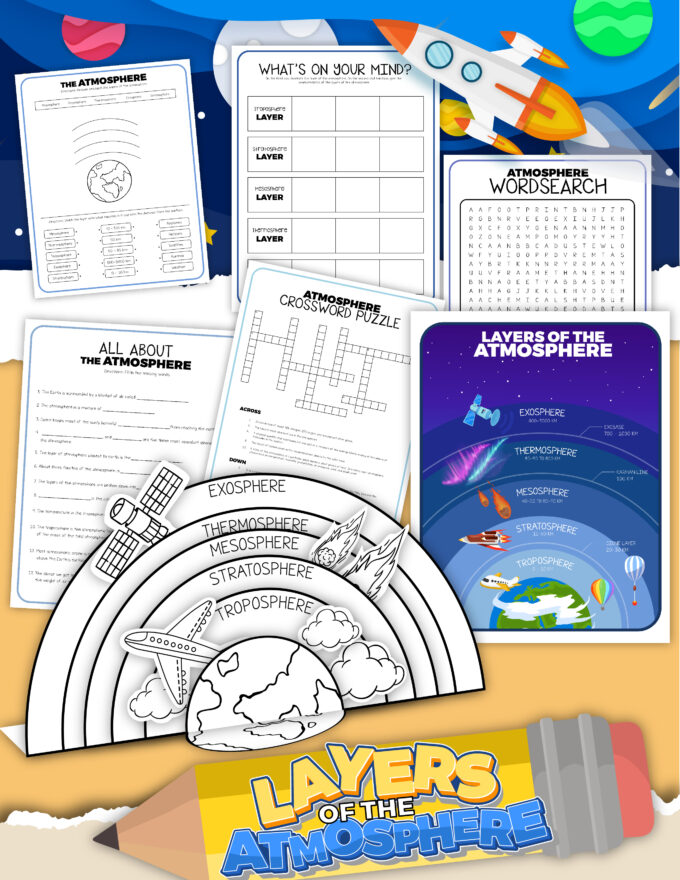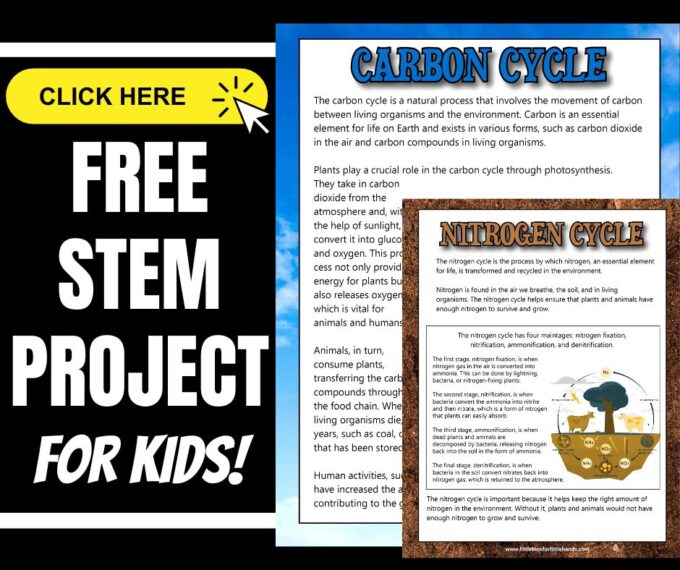Let’s dive into the fascinating world of the nitrogen cycle, a super important process that helps plants, animals, and the environment work together in harmony. Learn about the steps of the nitrogen cycle, and why it is so important for sustaining life on earth. Look for the free printable information pack and activity to learn more about the nitrogen cycle.
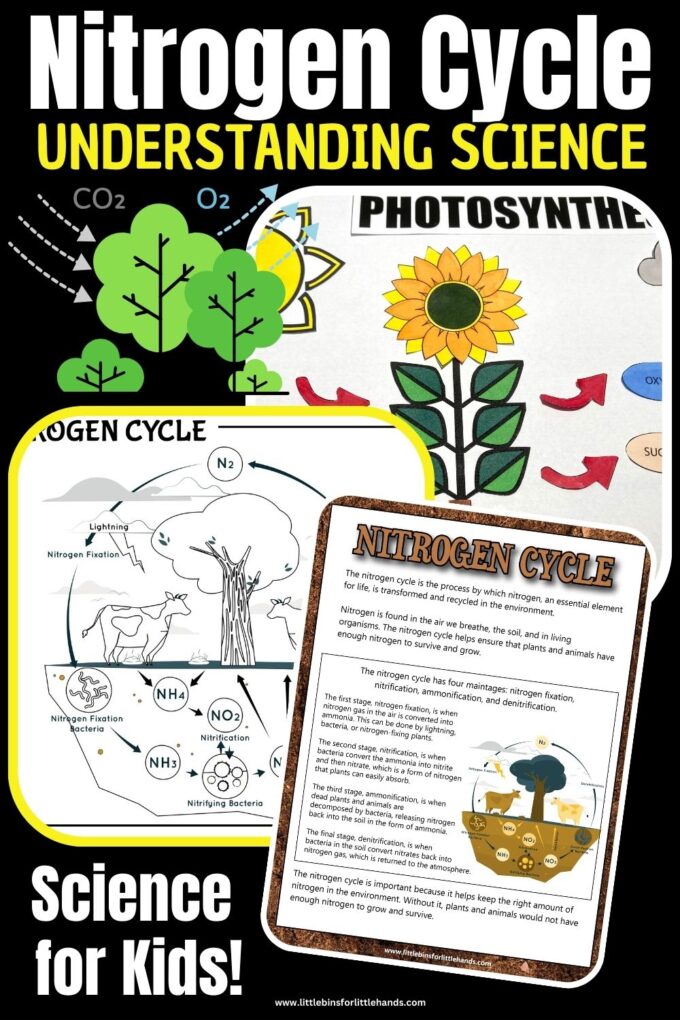
What Is The Nitrogen Cycle?
Here is a simple nitrogen cycle definition for kids:
The nitrogen cycle is all about how nitrogen, an important element, moves through the environment. Nitrogen is crucial for building proteins and DNA, which are essential for the growth and function of all living things.
TRY: Strawberry DNA Lab
The nitrogen cycle is an essential topic within environmental science because it helps kids understand how elements like nitrogen move and recycle through the Earth’s ecosystems, affecting life on our planet.
By learning about the nitrogen cycle, kids can develop an awareness of the delicate balance of nature and the importance of protecting the environment for a sustainable future.
Also, learn about the carbon cycle for kids!
Steps Of The Nitrogen Cycle
The nitrogen cycle is a complex and interconnected process that ensures a continuous flow of nitrogen through the ecosystems, sustaining life on Earth. The nitrogen cycle has several steps:
Nitrogen Fixation
Special bacteria in the soil, and some plants (like peas and beans) convert nitrogen gas from the air into a form that plants can use, such as ammonia and nitrates. Plants use the nitrogen in the process of photosynthesis. Learn about the steps of photosynthesis.
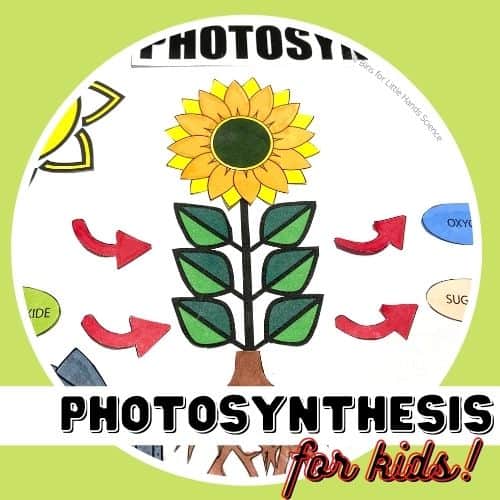
Consumption
Just like in the carbon cycle, animals get the nitrogen they need by eating plants or other animals. Learn about food chains.
Nitrification
Bacteria in the soil convert ammonia into nitrates, a form of nitrogen that plants can easily absorb.
Denitrification
Some bacteria can convert nitrates back into nitrogen gas, which is released back into the atmosphere.
Decomposition
When plants and animals die, nitrogen in their bodies is returned to the soil as organic matter. Decomposer bacteria then break down this organic matter, releasing nitrogen compounds back into the soil.
Leaching
Excess nitrate ions that are not taken up by plants can be washed out of the soil by water and transported into water bodies like rivers and lakes. This can lead to nutrient pollution and other environmental issues. See our stormwater runoff project.
Why Is The Nitrogen Cycle Important?
The nitrogen cycle is essential for making sure nitrogen is available for plants and animals to grow and thrive. It’s an essential part of maintaining healthy ecosystems. It is important for:
Healthy Plants
The nitrogen cycle helps provide essential nutrients to plants. Nitrogen is crucial for building proteins and DNA, which plants need to grow strong and healthy.
Agriculture
Farmers use fertilizers that contain nitrogen to improve crop growth. This ensures we have a steady supply of fruits, vegetables, and grains to eat.
However, fertilizers can negatively impact the nitrogen cycle by introducing excess nitrogen into ecosystems. Too much nitrate in soil and water can disrupt aquatic ecosystems. More ammonia gas is released into the air, altering nutrient cycling. Soil bacteria communities change, affecting ecosystem health and biodiversity. Responsible fertilizer use is important to prevent changes to the balance of the nitrogen cycle.
Nitrogen in Animals
Just like plants, animals also need nitrogen to build proteins and other essential molecules. When animals eat plants or other animals, they get the nitrogen they need for growth and repair. Learn about the structure of DNA.
Healthy Ecosystems
The nitrogen cycle supports diverse ecosystems. It helps maintain the balance of nutrients in the soil, ensuring different plants and animals can thrive.
The nitrogen cycle is essential for keeping life on Earth in balance. It impacts the air we breathe, the food we eat, and the overall health of our planet.
Understanding the nitrogen and carbon cycles helps us appreciate nature’s interconnectedness and the importance of protecting our environment for future generations.
Bacteria and The Nitrogen Cycle
Bacteria are necessary in the nitrogen cycle because they are responsible for several processes that change nitrogen from one form to another, making it available for plants and other living organisms.
Without bacteria, the nitrogen cycle wouldn’t function properly, and limited nitrogen would be available. Here’s why bacteria are an essential part of the nitrogen cycle:
- Atmospheric nitrogen gas (N2) makes up about 78% of Earth’s atmosphere, but most plants and animals can’t use it. Nitrogen-fixing bacteria can change atmospheric nitrogen into ammonia (NH3) that plants can use, either in partnership with certain plants (like legumes) or in the soil.
- Nitrifying bacteria convert ammonium (NH4+) into nitrite (NO2-) and then into nitrate (NO3-). This step is important because plants prefer to take up nitrogen in the form of nitrate through their roots.
- Denitrifying bacteria play a critical role in reducing the levels of nitrates in the environment. They convert nitrates back into nitrogen gas (N2), which is released into the atmosphere.
- Decomposer bacteria break down organic matter from dead plants, animals, and waste materials. During this decomposition process, they release ammonium back into the soil. This ammonium can then be taken up by plants, continuing the cycle.
- Bacteria also contribute to the conversion of organic nitrogen compounds into inorganic forms that plants can absorb. They play a role in releasing nitrogen from organic matter, making it available for plants to take up and use for growth.
Bacteria essentially act as the “recyclers” of nitrogen, ensuring that it’s continually cycled through various forms and remains available for the growth of plants and animals. Without bacteria, the nitrogen in the environment would remain largely locked in its atmospheric form, limiting life’s ability to thrive.
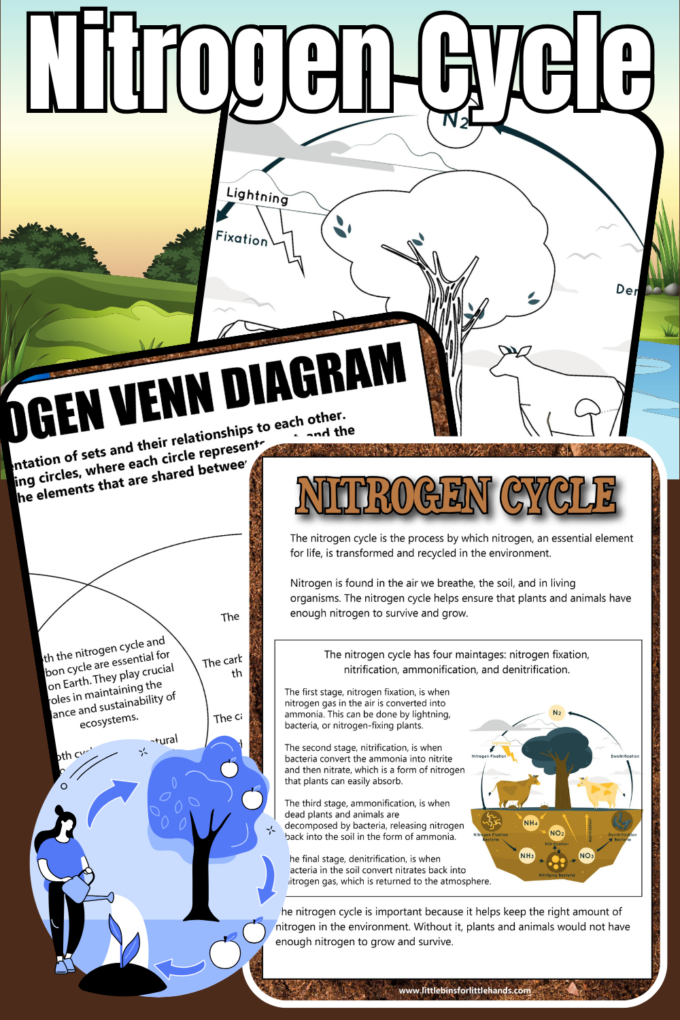
Tips For Teaching Kids About The Nitrogen Cycle
Teaching kids about the nitrogen cycles can be a fun and engaging experience. Here are some simple and creative ways to make these concepts easier to understand for kids.
1. Hands-on Activities
Use hands-on activities to illustrate the nitrogen cycle. You could create a “nitrogen-fixing bacteria” craft using paper or clay and explain how these bacteria help plants get nitrogen from the air.
2. Visual Aids
Use colorful posters, diagrams, or videos that depict the cycles in a child-friendly manner. Visual aids can help kids grasp the different steps involved and how nitrogen moves through the cycle.
3. Nature Walks
Take kids on a nature walk and point out elements of the nitrogen cycle in the environment. Look for signs of decomposition like fallen leaves and explain how it returns nitrogen to the soil.
4. Experiments
Conduct simple experiments that demonstrate aspects of the cycle. For example, you can grow a small plant in a closed container and explain how it recycles carbon dioxide during photosynthesis and respiration.
5. Use Analogies
Analogies can help kids relate complex concepts to things they are familiar with. For example, you can compare the nitrogen cycle to a “food chain” where each step represents a part of the cycle.
6. Art and Crafts
Encourage kids to create art or crafts related to the nitrogen cycle. They can draw or make collages showing the different steps or create a mobile representing the nitrogen cycle.
7. Discussion
Engage kids in discussions about the cycles. Ask them questions, encourage them to ask questions, and have group discussions to reinforce their understanding.
TIP: Remember to use age-appropriate language that suit your kids’ level of understanding. Making the learning experience interactive and enjoyable will not only help them grasp the concepts better but also foster a love for science and the environment.
Free Nitrogen Cycle Activity Pack
This helpful carbon and nitrogen cycle pack includes helpful information, a Venn diagram, and worksheets.
Related Activities
- Food Chain Activity
- Photosynthesis
- Carbon Footprint
- Carbon Cycle
- Stormwater Runoff Project
- DNA Coloring Sheet
- Candy DNA Model
- Strawberry DNA Lab
- Layers of the Earth
- Layers of the Atmosphere
- Pine Tree Life Cycle
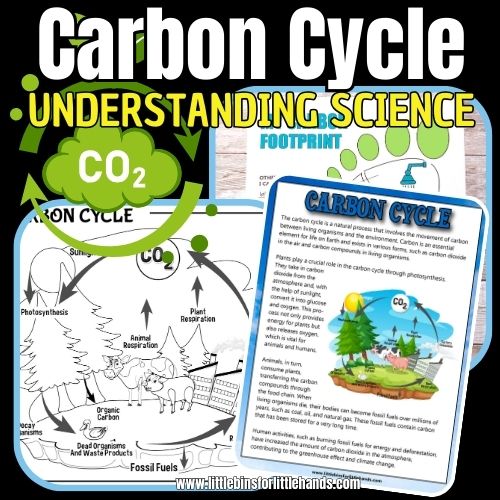
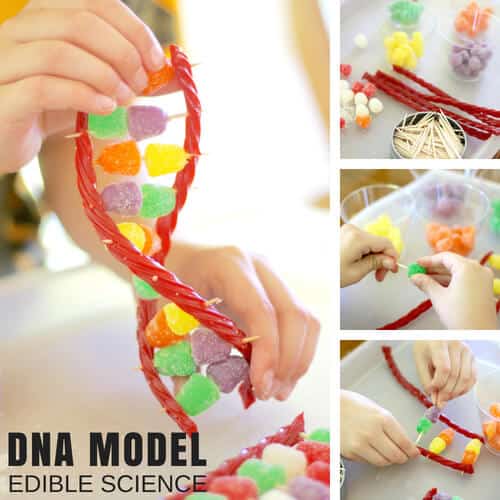
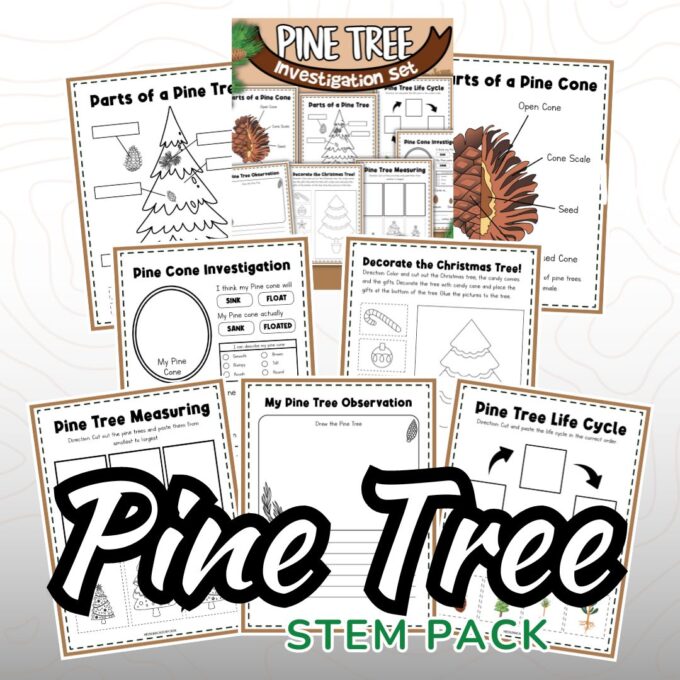
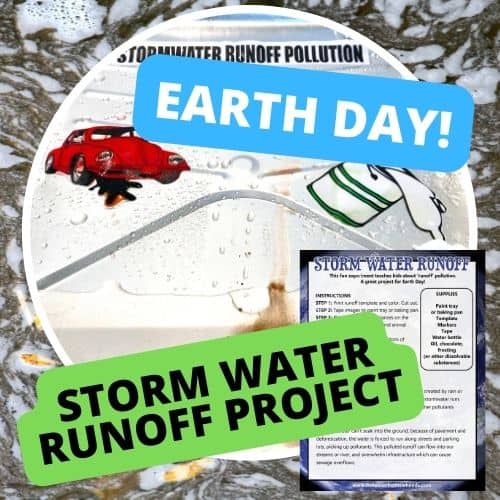
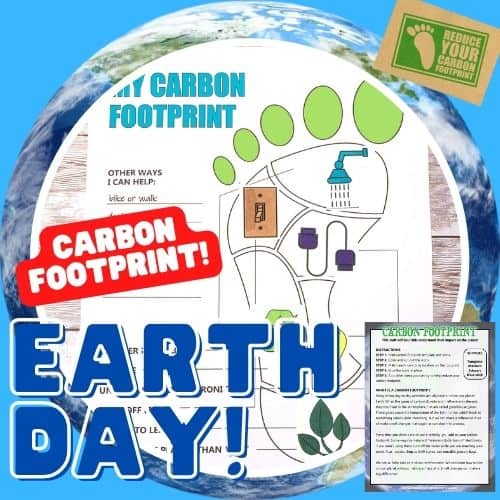
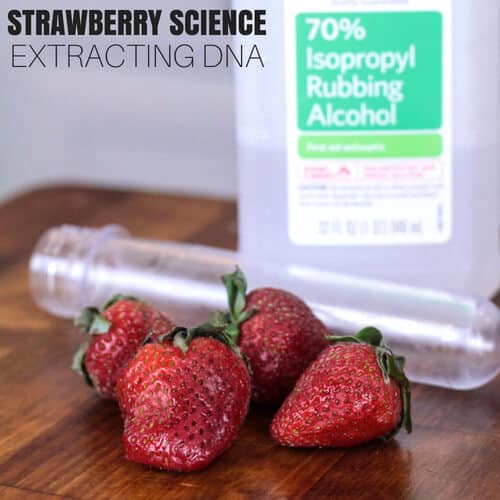
Printable Science Projects For Kids
If you’re looking to grab all of our printable science projects in one convenient place plus exclusive worksheets and bonuses like a STEAM Project pack, our Science Project Pack is what you need! Over 300+ Pages!
- 90+ classic science activities with journal pages, supply lists, set up and process, and science information. NEW! Activity-specific observation pages!
- Best science practices posters and our original science method process folders for extra alternatives!
- Be a Collector activities pack introduces kids to the world of making collections through the eyes of a scientist. What will they collect first?
- Know the Words Science vocabulary pack includes flashcards, crosswords, and word searches that illuminate keywords in the experiments!
- My science journal writing prompts explore what it means to be a scientist!!
- Bonus STEAM Project Pack: Art meets science with doable projects!
- Bonus Quick Grab Packs for Biology, Earth Science, Chemistry, and Physics


